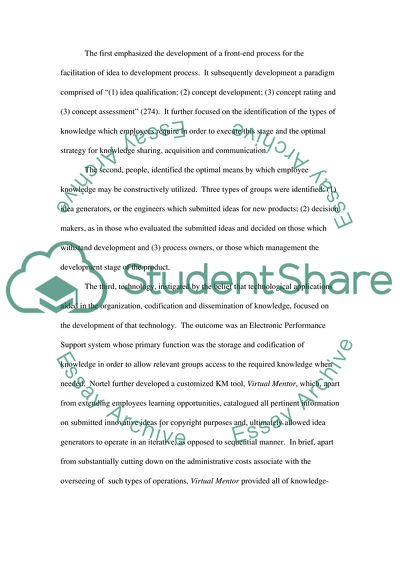Cite this document
(“Nortel Networks Article Example | Topics and Well Written Essays - 1250 words”, n.d.)
Nortel Networks Article Example | Topics and Well Written Essays - 1250 words. Retrieved from https://studentshare.org/miscellaneous/1538322-nortel-networks
Nortel Networks Article Example | Topics and Well Written Essays - 1250 words. Retrieved from https://studentshare.org/miscellaneous/1538322-nortel-networks
(Nortel Networks Article Example | Topics and Well Written Essays - 1250 Words)
Nortel Networks Article Example | Topics and Well Written Essays - 1250 Words. https://studentshare.org/miscellaneous/1538322-nortel-networks.
Nortel Networks Article Example | Topics and Well Written Essays - 1250 Words. https://studentshare.org/miscellaneous/1538322-nortel-networks.
“Nortel Networks Article Example | Topics and Well Written Essays - 1250 Words”, n.d. https://studentshare.org/miscellaneous/1538322-nortel-networks.


